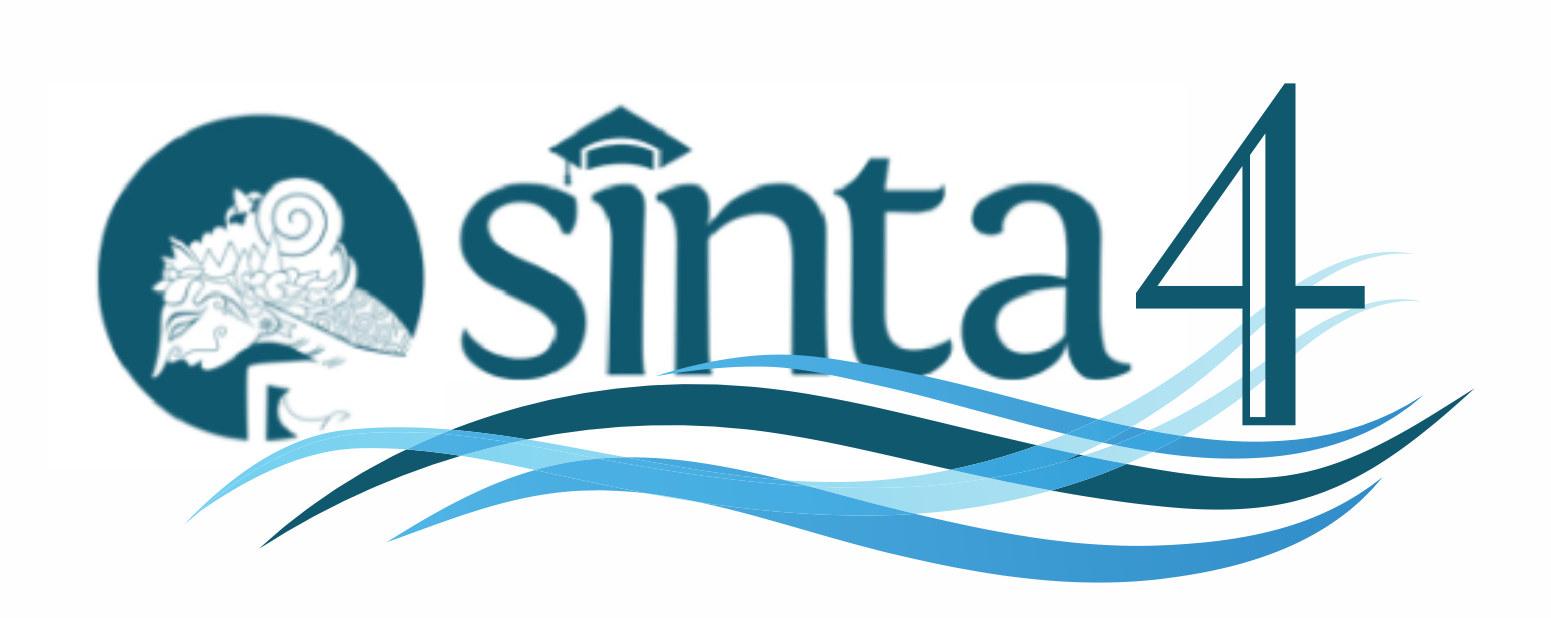Ethnoscience Study in Lambaleko Weaving in Tana Righu
Abstract
Sumba Island has cultural characteristics that can be integrated into science learning, including Sumba woven cloth. The process of making Sumba weaving has cultural and scientific value. This research aims to determine the meaning and ethnoscientific value of making Lambaleko woven cloth. This study used qualitative research methods. This data was obtained through observation, interviews and documentation. The instruments used in this research were observation sheets, interview sheets, and documentation. The data analysis involves data reduction, data presentation, and concluding. The research results show that the tools and materials used in the weaving process are traditional tools and materials with varying classifications, showing the biodiversity level on the island of Sumba. Making Lambaleko weaving consists of eleven stages: a) preparing tools and materials such as Mbola, Bei tonnu, Koba, Malirra, Ghunna, Ghobola, Laketta, Bedo, Kalerre, Tent, Laka, Kalamaka, Ghobola ghunna, Ghobola zodo, Rande, Tukka, Kanagho, scissors and thread, b) tools starting to be assembled on the Mbola, c) unfurling the warp threads on the Bei tonnu, e) removing the weave from the Mbola, d) winding the threads on the Kanagho, f) straightening the threads on the woven fabric, g) installing the Rande, h) installing Tukka, i) installing Ghobola ghunna, Ghobola zodo, j) making motifs, and k) the process of making weaving until it becomes cloth. The weaving process is also related to physical material, frictional forces, pressure, gravitational forces, biological material, plant biodiversity, and chemical material, additives. In conclusion, Lambaleko woven cloth has ethnoscientific and cultural values that the community believes to be used in science learning related to biodiversity, friction, pressure, gravitational forces, and additives.
Full Text:
PDFReferences
Alvonco, J. (2014). Practical communication skill. Jakarta: Elex Media Komputindo.
Asra, A., & Akmal, A. U. (2021). Analisis perangkat pembelajaran berbasis etnosains di smp kabupaten rokan hulu. Jurnal Pendidikan Rokania, 6(1), 9-22.
Damayanti, C., A. Rusilowati, & S. Linuwih. (2017). Pengembagan model pembelajaran ipa terintegrasi etnosains untuk meningkatkan hasil belajar dan kemampuan berpikir kreatif. Journal of Innovative Science Education, 6 (1), 117-128. https://doi.org/10.15294/jise.v6i1.17071
Firmasyah M, Lomi A., & Gustopo, D. (2017). Meningkatkan mutu kain tenun ikat tradisional di desa/kelurahan roworena secara berkesinambungan di kabupaten ende dengan pendekatan metode TQM. Jurnal teknologi dan manajemen industry, 3 (1), 5-13.
https://doi.org/10.36040/jtmi.V3iI.171
Kartono, K., Hairida, H., & Bujang, G. (2010) Penelusuran budaya teknologi lokal dalam rangka rekontruksi dan pengembangan sains di sekolah dasar. Pontianak: FKIP, Universitas Tanjungpura.
Khoiri, A. & Sunarno, W. (2018). Pendekatan etnosains dalam tinjauan filsafat. SPEKTRA: Jurnal Kajian Pendidikan Sains, 4(2), 145.
Misbah, M., Purwasih, D., Muhammad, N., Syahidi, K., Komariyah, L., Wahyudi, W., & Nurhayati, N. (2024). Is science concept can analyze by study ethnoscience? Study bibliometric and analysis. AIP Conference Proceedings, 3058(1). AIP Publishing.
Mukti, H., Suastra, I. W., & Aryana, I. B. P. (2022). Integrasi etnosains dalam pembelajaran ipa. JPGI (Jurnal Penelitian Guru Indonesia), 7(2), 356-362.
Nuralita, A. (2020). Analisis penerapan model Pembelajaran berbasis etnosains dalam pembelajaran tematik SD. Mimbar PGSD Undiksha, 8(1), 1-8.
Nurdeni, N., Bhakti, Y. B., Alfin, E., Marhento, G., & Purwanti, P. (2022). Kemampuan siswa sekolah menegah pertama dengan pembelajaran etnosains. Jurnal Pendidikan Dan Konseling (JPDK), 4(6), 9799-9807.
Parris, P. & Linder VanBerschot, JJJ.A (2010) Cultural dimensions of learning: addressing the callengges of multicultural instruction. International Review of Research in Open and Distance Learning, 11 (2), 1-19. https://dx.doi.org10.18173/irrodl.vIIi2.809
Puspasari, A., Susilowati, I., Kurniawati, L., Utami, R.R., Gunawan, I.,v Sayekti, I.C. (2019). Implementasi etnosains dalam pembelajaran ipa di sd muhammadiyah alam surya mentari surakarta. Science Education Journal (SEJ), 3 (1), 25-31. https://doi.org/10.21070/sej.v3i1.2426.
Risamasu, P. V. M., Pieter, J., & Gunada, I. W. (2023). Pengembangan bahan ajar ipa smp tema perpindahan kalor berkonteks etnosains jayapura papua. Jurnal Ilmiah Profesi Pendidikan, 8(1b), 948-958.
Riyadi, Agus, (2019). Gaya dan gerak. Semarang. Alprin.
Sarini, P., & Selamet, K. (2019). Pengembangan bahan ajar etnosains bali bagi calon guru IPA. Wahana Matematika dan Sains: Jurnal Matematika, Sains, dan Pembelajarannya, 13(1).
Suastra, I.W. (2010). Model pembelajaran sains berbasis budaya untuk mengembangkan potensi dasar sains dan nilai kearifan lokal di smp. Jurnal Pendidikan dan Pengajaran, 43 (1), 8-16. https://doi.org/10.23887/jppundiksha.v43iI1697
Sugiyono. (2017). Metode penelitian kualitatif, kuantitatif, dan R&D. Bandung: Alfabeta
Wahyu, Y. (2017). Pembelajaran berbasis etnosains di sekolah dasar. Journal Inovasi Pendidikan Dasar, 192.
DOI: http://dx.doi.org/10.20527/jvk.v39i1.19218
Article Metrics
Abstract view : 255 timesPDF - 71 times
Refbacks
Copyright (c) 2024 Vidya Karya
Indexed By

Vidya Karya is licensed under a Creative Commons Attribution-ShareAlike 4.0 International License.







.png)
.jpg)

